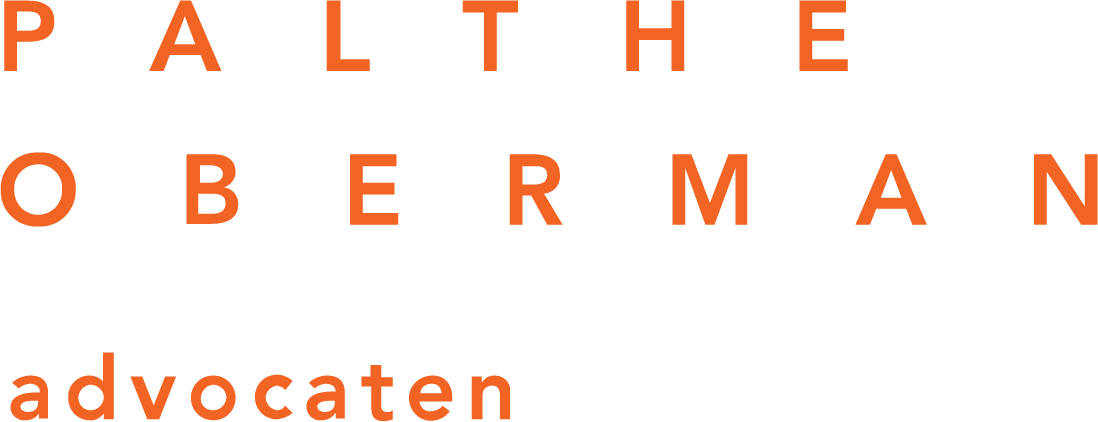On the basis of Article 5 of the Working Conditions Act, every employer in the Netherlands is obliged to compile a hazard identification and risk assessment (in Dutch and hereinafter referred to as: ‘RI&E’), including a plan of action. Since 1 July 2022, the requirements for the RI&E and the assessment of the RI&E have changed. In this blog you will read about the main changes that have taken place.
Requirements of the RI&E
A RI&E needs to be up to date. Recent developments on the subject of hybrid work (COVID-19) and sexual harassment (#MeToo) should now also be included in the RI&E. To this end, the employer must map out the occupational hazards of working from home and pay specific attention to undesirable behaviour in the RI&E. Think, for example, of ergonomically sound working from home and the appointment of a confidential advisor.
In addition, the RI&E must not only provide insight into the risk and the measures taken in response, but the employer must now also describe the underlying cause of the risk. On top of that, the employer must also investigate and evaluate the effectiveness of the measures taken.
Assessment of the RI&E
In addition to extra requirements, the assessment thereof has also been further restrained. This is to improve the quality of the RI&E. The RI&E shall – in the case of 25 employees or more – have to be assessed by a certified occupational health and safety key expert, namely: a higher safety expert, an occupational hygienist, an industrial and organizational consultant and a BIG-registered company doctor. The requirements for the certification of these key experts are also more stringent. This to ensure that the competencies of the key experts are better aligned with the specific risks.
The way in which the RI&E is assessed has also changed. A distinction has been made in the assessment of the RI&E, namely: the system test and the scope test. The system test can be carried out by any of the aforementioned key experts and only assesses the general requirements, such as completeness, reliability and timeliness. The scope test goes further than that. The employer will have to call in a specific occupational health and safety key expert with a scope that is best suited to the risks that may occur in the organisation. This means that it may be possible that an organisation will have to involve two or more occupational health & safety experts, because the risk areas are broader than those that fall within the scope of one occupational health & safety expert (read: within his area of expertise).
If you doubt whether your RI&E complies with these new rules, feel free to contact one of our lawyers.

